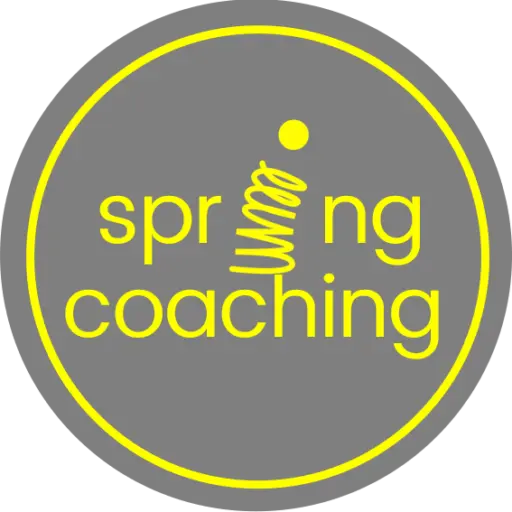Have you ever noticed how something innocuous can impact how you feel?
Perhaps the whiff of a familiar perfume makes you feel loved as you remember the person who wore it, or hearing the name of someone you’d rather forget gives you the heebie-jeebies. It’s funny how something innocent can bring on strong emotions depending on the context.
Another example is collecting mail from your letterbox. Imagine one day you receive the envelope on the left, the next day the envelope on the right.
How do you feel when you pick up both pieces of mail? Do you feel the same way?
Although the action of collecting your mail is the same it is likely you will feel different when holding each piece of mail in your hands. Perhaps the first envelope triggers a sense of foreboding, while the second envelope makes you feel loved and happy.
The difference in our emotional state is due to our past experiences. Often a brown window envelope is an official piece of correspondence, perhaps a bill or something requiring action. The pink envelope with handwriting is usually from a loved one, perhaps a greeting card or note.
Over time as we receive more mail, which supports our mental theory of what is inside each envelope, we strengthen the connection between the envelope and our reaction to it. We begin to experience the emotion before we even open the envelope. This is the same principle demonstrated in Ivan Pavlov’s infamous experiment with dogs when he rang the bell (stimulus) at the same time he fed the dogs. As time passed, the dogs’ mouths would salivate simply by hearing the bell. They made a positive connection between the bell ringing and being fed. We can use this same principle to our advantage through the technique of anchoring.
Anchoring is a neuro-linguistic programming (NLP) technique which builds a connection between a stimulus (the anchor) and a desired emotional state. The anchor can be an object, or an action (e.g. hand stroking). The desired emotional state can be positive or negative, with relaxation or confidence commonly chosen.
At Spring Coaching we like to use our stress stars as an anchor because they fit perfectly into your hand and are ideal for giving a wee squeeze when things get a bit tough. Given the current environment, where there is heightened anxiety and uncertainty we like to pair our star with relaxation and peace.
Below are some steps for using anchoring for relaxation
- Select an object or action to be your anchor and have it nearby. We’ll be using one of our stress stars in the recording.
- Soften your gaze, or close your eyes. Breathe in deeply through your nose and exhale through your mouth. Repeat a few times as you feel yourself become relaxed and grounded.
- Recall a time when you felt completely relaxed and at peace. It can be from any experience you like, however the more recent the memory, the easier it will be to recall.
- Begin to recall the memory in as much detail as possible. Imagine you have stepped back into time straight into that memory. Tune into each of your senses. You may like to ask yourself the following questions: What can you see? What can you hear? What can you feel? What can you smell? What can you taste?
- While you are living the memory hold on to your anchor or perform the action you have chosen. Pay attention to how the object feels and how relaxed you feel right now.
- Continue to breathe deeply for a few more breath cycles as you tune into the feeling of relaxation and your anchor.
- When you are ready, slowly bring your attention back into the room and slowly open your eyes. Take note of how you’re feeling.
Like with building any muscle, the more you practice the stronger the connection will be between your anchor and the desired state. With practice, you will be able to bring yourself back to the same relaxed state by simply using your anchor.
We’re always here if you want more support and advice, or to simply say hi. Send me an email, like us on Facebook, connect with me on LinkedIn or book in a time for a complimentary initial coaching consultation. Either way, we’d love to hear from you.
Have a happy and healthy day.

